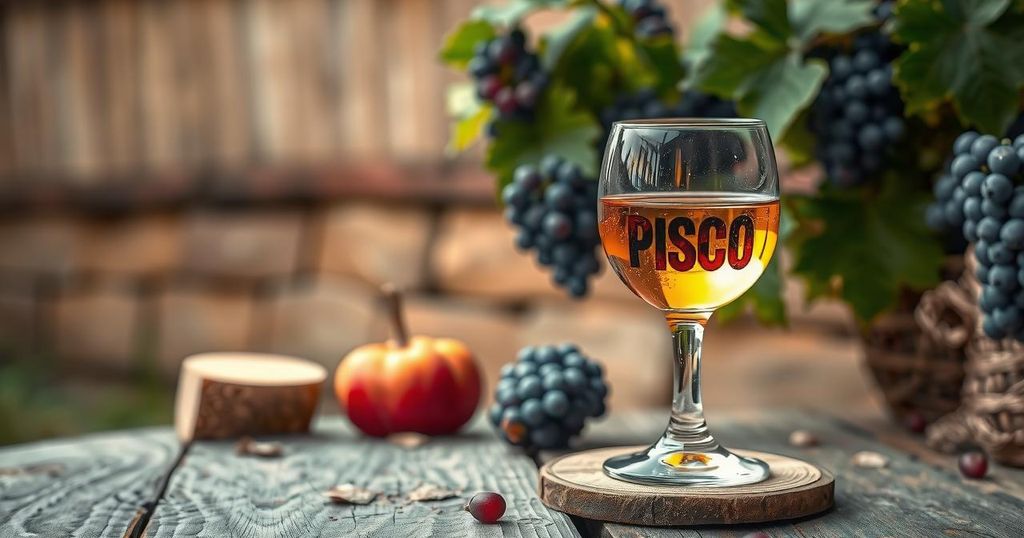Peru celebrated UNESCO’s certification of historical documents confirming the early production of pisco. This recognition strengthens Peru’s longstanding claim of exclusivity over pisco’s heritage amidst disputes with Chile. The newly recognized manuscripts date back to the 16th century, emphasizing the cultural and historical importance of this national spirit.
On December 20, 2024, UNESCO recognized a valuable collection of documents from Peru, particularly those related to pisco, the country’s iconic spirit. The certified manuscripts, dating from 1587 to 1613, are the earliest known records confirming pisco’s production and trade in Peru. Their inclusion in UNESCO’s Memory of the World Register highlights their historical significance, contextualizing the inception of grape cultivation and the production of wine and brandy during the Spanish colonial era.
This UNESCO designation is a crucial acknowledgment in Peru’s ongoing dispute with Chile regarding the origin of pisco. The recognition serves to bolster Peru’s claims to the exclusive heritage of this spirit, vital to the nation’s gastronomic identity. Former agriculture minister Milton von Hesse emphasized that “gradually, it will become obvious to everyone that pisco is clearly Peruvian,” reinforcing national pride and identity linked to pisco.
The historical contention over pisco can be traced to the early 20th century, when Chile first established a protected origin designation for pisco in 1931 as part of its efforts to regulate brandy quality. This dispute is complex, intertwined with historical grievances stemming from the War of the Pacific, which has perpetuated tensions between Peru and Chile regarding the spirit’s legacy.
The topic centers around pisco, a Peruvian grape brandy that has been a point of contention between Peru and Chile for decades. The recent endorsement by UNESCO not only validates Peru’s historical claims but also enhances the cultural significance of pisco in a global context. This recognition is pivotal for Peru, marking a significant step in solidifying its identity within the world of spirits and gastronomy, particularly in relation to its historical roots.
In summary, UNESCO’s recent acknowledgment of Peru’s early records of pisco production validates the nation’s historical claims and cultural identity. As the dispute with Chile over the spirit’s heritage continues, this designation serves as a significant milestone for Peru’s efforts to assert its uniqueness in the global spirits market. The celebration of pisco not only reflects national pride but also the deep historical ties between the country and its agricultural heritage.
Original Source: www.lemonde.fr




